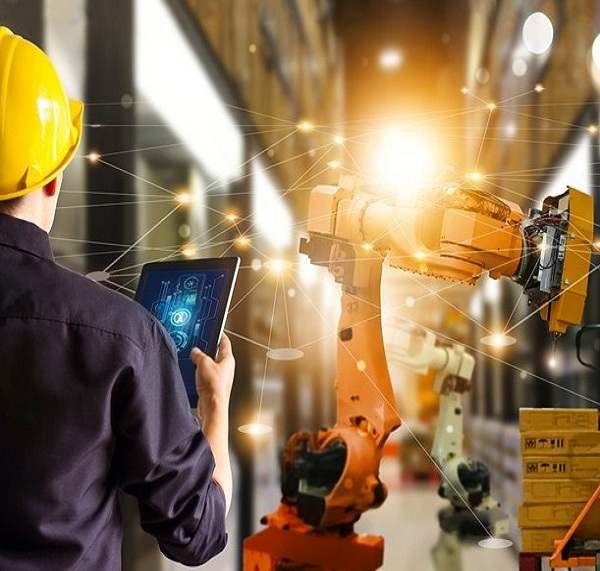The advantages of holding everything from maintenance guides to training manuals digitally mean paper-based documentation may soon be a thing of the past.
Not only are these documents time-consuming for engineers to use, they are also costly and environmentally unfriendly. The need to regularly update huge numbers of PDF files as product models are upgraded, then translate them into different languages, means an even bigger paper pile.
Manufacturers and engineers both lose out in this environment – with major overheads being generated from such extensive paper-based processes. Relying on printed documents also restricts highly skilled engineers to a cumbersome 2D format when they would much rather work with this information via interactive 3D digital models.
In today’s technologically advanced workplaces, however, the old challenges of poor connectivity and dated hardware no longer need to hold back the development of the paperless engineer. The emergence of powerful mobile devices that contain the tech required to visualise 3D content is giving engineers the ability to access manuals, training papers and parts catalogues through digital tools and platforms.
Converting paper-based content to a digital format opens up a world of possibilities for engineers. As 3D models offer a far more true-to-life visual experience, engineers can better interact with these models and understand them quickly.
Perhaps the most significant benefit of embracing a digital future is the positive impact of producing fewer unnecessary paper documents – and the impact this will have on the environment. Following the recent COP26 UN Climate Change Conference in Glasgow, sustainability is at the top of the agenda for business leaders, especially those in manufacturing. Operating in one of the UK’s most carbon-intensive sectors, manufacturers are now acutely aware of their need to participate in the government’s plan to reduce carbon emissions by 68 per cent over the next decade.
By prioritising the shift to digital platforms and supporting the arrival of the paperless engineer, manufacturers can not only achieve lower costs and improved efficiencies, but also reduce their carbon emissions considerably over the next decade – a combination that is often difficult to reach.
Not only can moving to a digital ecosystem improve training, there is evidence it can make it faster, too. Accenture performed a study where 100 people were given training to assemble a simple Lego set using either paper-based instructions or a mixed reality application. It found that the group who received training using 3D models were able to compete the task 50 per cent faster.
Another issue with using paper manuals that is often overlooked is the difficulty involved in keeping track of the right documentation. When urgent repairs or maintenance are needed, relatively minor delays can prove to be expensive. This is a common occurrence, however, when documentation is misplaced or when engineers are left working from manuals with obsolete parts. This is the unfortunate reality of dealing with paper manuals, costing engineers valuable time when searching for the right information or potentially ordering incorrect parts.
Larger manufacturers are at a particular risk of facing this challenge, simply due to the large range of servicing guides and parts catalogues they must hold for their machines. Keeping track of these documents in many different languages adds another layer of complexity.
Using a digital platform, the correct parts can be found immediately for any product model. Digital platforms enable global updates to be made instantly, making out-of-date documentation and misplaced paper manuals a problem of the past. And interactive 3D models can also be understood by everybody, no matter what language they speak.
Thanks to advances in digital technology, it’s now possible for manufacturers to migrate away from paper and embrace a more efficient future that makes a genuine positive difference to the bottom-line, the environment and engineers.
Source: E&T










